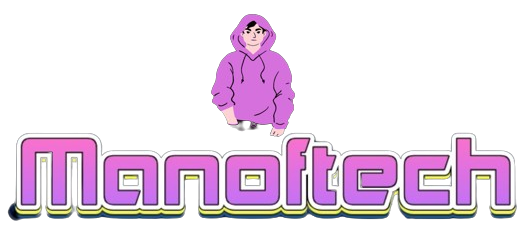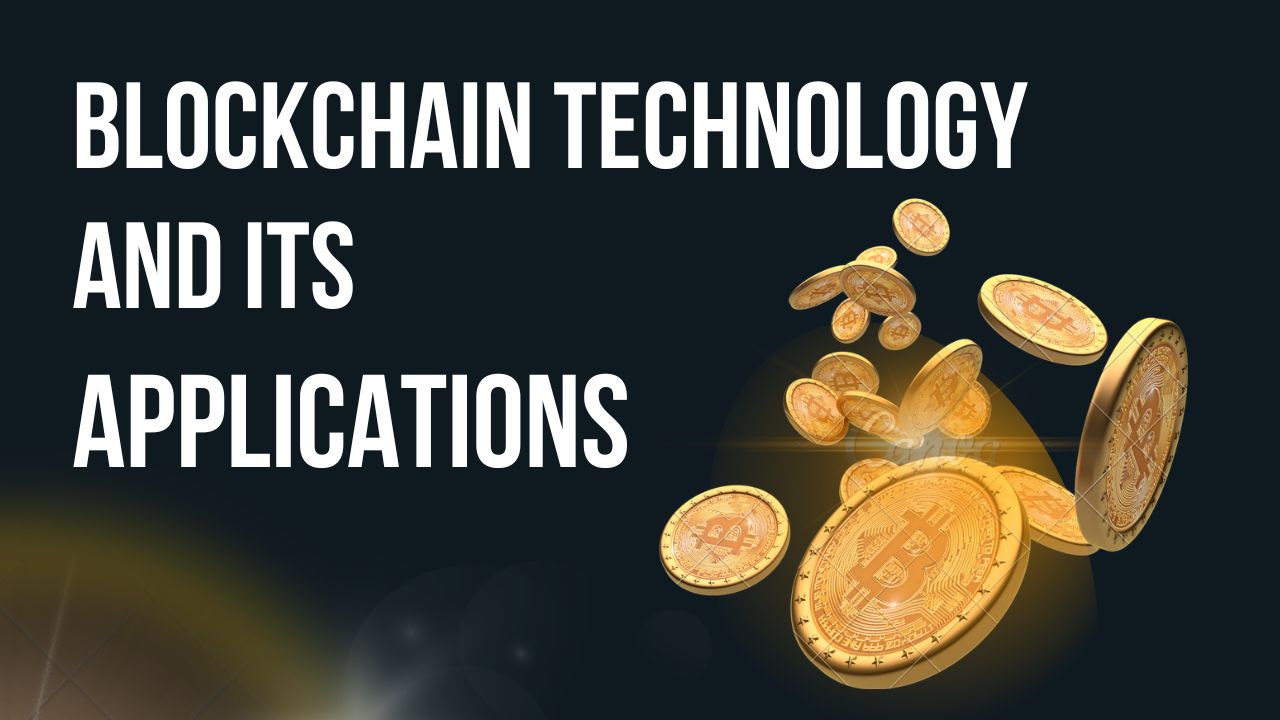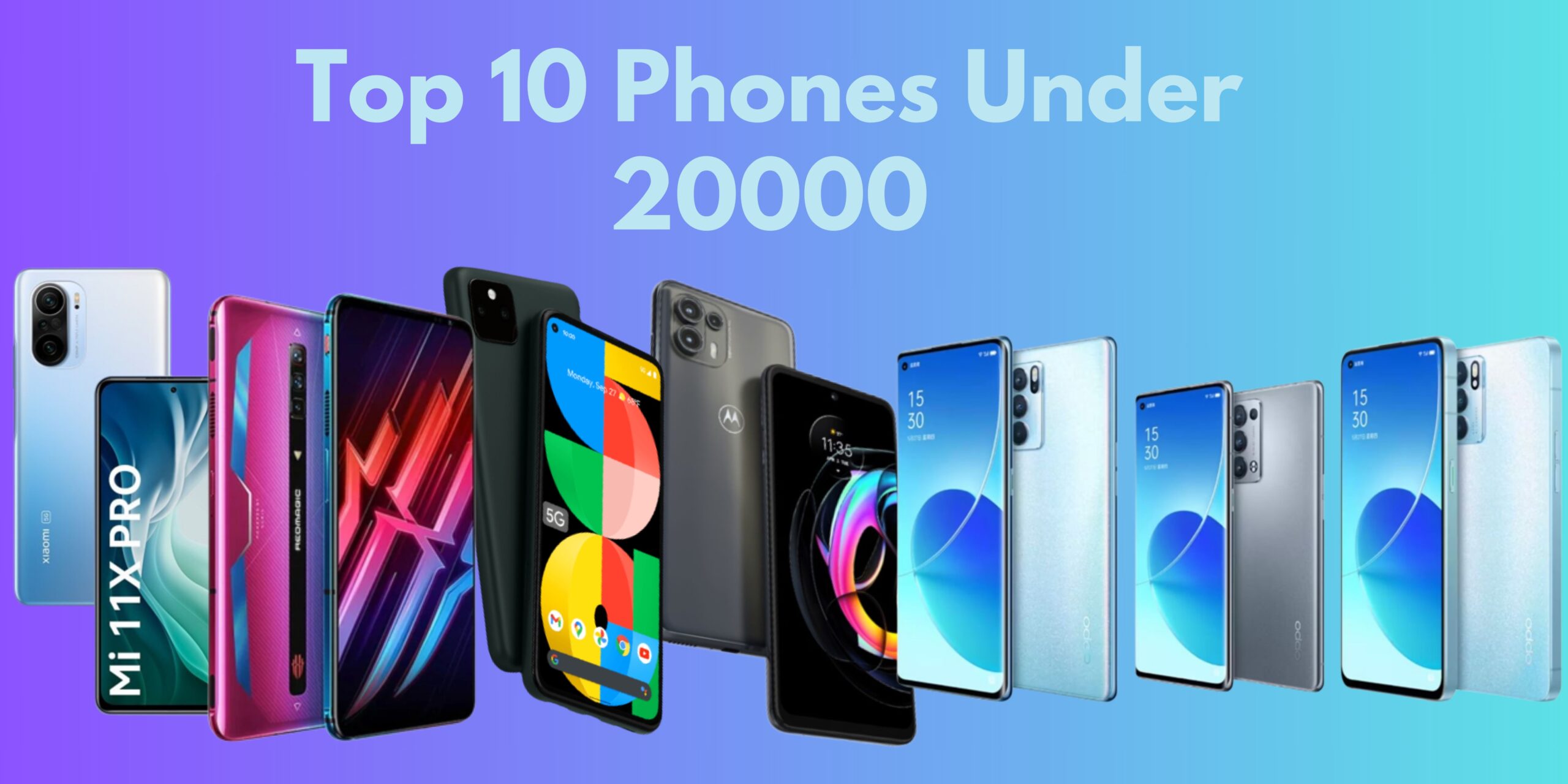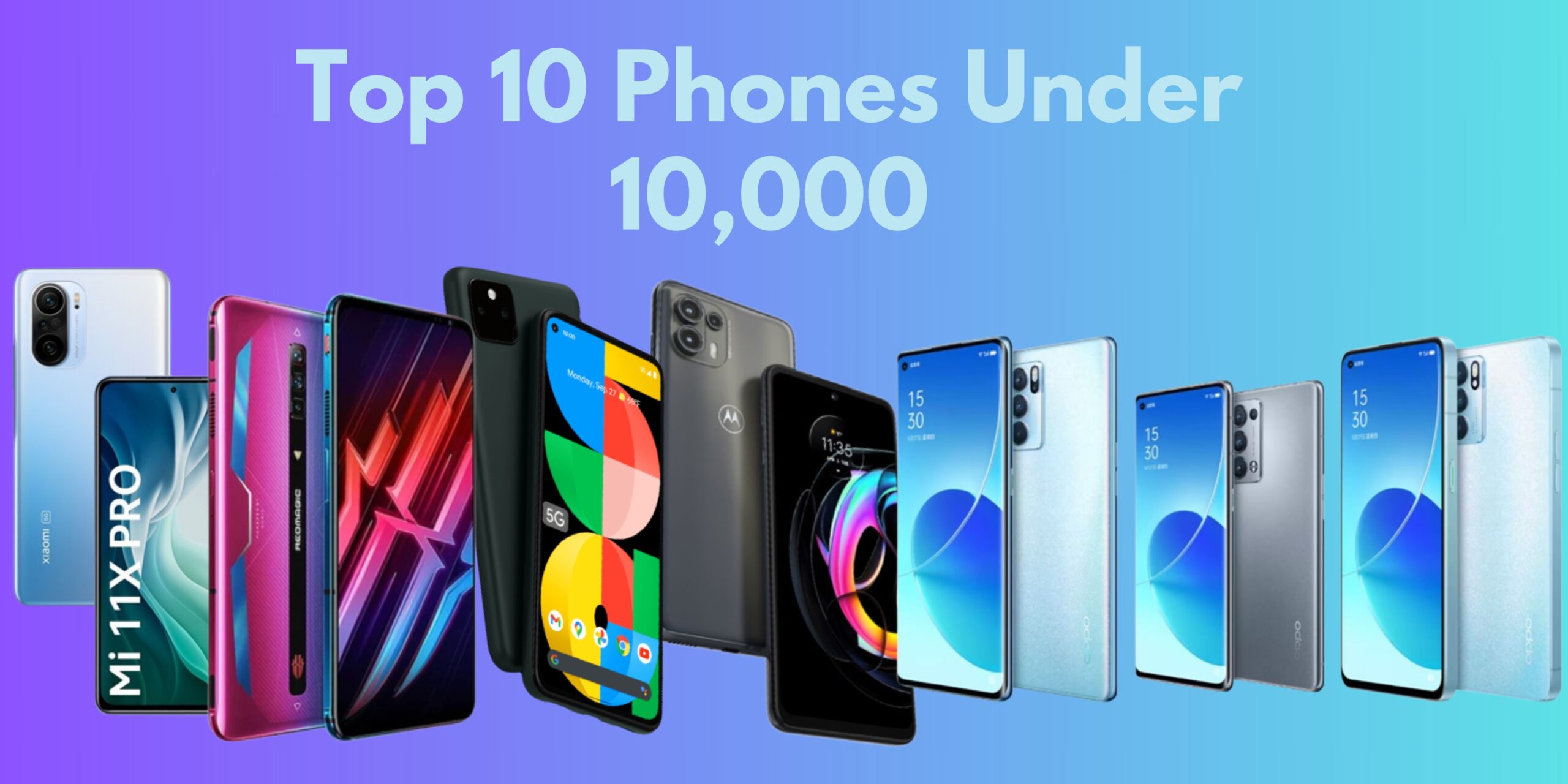In this article, we will learn about blockchain technology and its applications in the intricate realm where technology meets transparency—the world of blockchain. Today, we embark on a fascinating journey through the landscape of blockchain technology, delving into its origins, core principles, and the myriad applications that are transforming industries around the globe. Prepare to be enlightened as we explore the ins and outs of this revolutionary technology and its promising potential for the future.
Understanding Blockchain Technology
Alright, let’s start with the basics. Blockchain is like a digital ledger that keeps a record of transactions in a secure, decentralized way. Imagine it as a chain of blocks, where each block contains a list of transactions. It is special because once a block is added, it cannot be changed, ensuring transparency and security.
-
Decentralization and Trust:
The magic of blockchain lies in its decentralized nature. Unlike traditional systems, where a central authority holds all the data, blockchain spreads the information across a network of computers. This decentralization not only enhances security but also fosters trust, as there’s no single point of control.
-
Immutability and Security:
Once a block is added to the chain, it becomes like an unalterable page in a history book. This immutability ensures that once a transaction is recorded, it cannot be tampered with. This feature makes blockchain a robust and secure system for various applications, from finance to supply chain management.
-
Smart Contracts:
Now, let’s talk about smart contracts—self-executing contracts with the terms of the agreement directly written into code. These contracts run on the blockchain, automatically executing when predefined conditions are met. Smart contracts eliminate the need for intermediaries, streamlining processes and reducing the chances of errors.
Applications of Blockchain Technology
Now that we have a good grasp of how blockchain works, let’s explore its wide-ranging applications that are reshaping industries and bringing about unprecedented levels of efficiency.
-
Cryptocurrencies and Financial Transactions:
Blockchain gained fame as the underlying technology for cryptocurrencies like Bitcoin and Ethereum. It revolutionized the financial landscape by providing a secure and transparent way to conduct transactions without the need for traditional banking systems. Cryptocurrencies leverage blockchain to ensure the integrity and traceability of every transaction.
-
Supply Chain Management:
Blockchain’s transparent and immutable nature makes it an ideal solution for supply chain management. Each step in the supply chain, from manufacturing to distribution, can be recorded on the blockchain, providing a tamper-proof history of a product’s journey. This ensures authenticity and helps combat issues like counterfeiting.
-
Healthcare Data Management:
In the healthcare sector, managing sensitive patient data securely is of utmost importance. Blockchain technology enables the creation of secure, interoperable health records. Patients can have control over who accesses their data, and healthcare providers can access a patient’s complete medical history with confidence in its accuracy.
-
Digital identity verification:
Say goodbye to the hassle of multiple logins and passwords. Blockchain enables secure and decentralized digital identity verification. Individuals can have control over their digital identity, reducing the risk of identity theft and streamlining processes that require identity verification.
-
Real Estate and Property Transactions:
The real estate industry is notorious for complex and time-consuming transactions. Blockchain simplifies property transactions by providing a secure and transparent platform for recording and transferring property titles. This reduces fraud and ensures a smooth transfer of ownership.
Challenges and Considerations
As with any technology, blockchain is not without its challenges. Let’s discuss a few considerations to keep in mind as we embrace the potential of blockchain applications.
-
Scalability:
Blockchain networks can face challenges in handling a large number of transactions simultaneously. Improving scalability is an ongoing area of research and development to ensure that Blockchain can support the demands of a globalized and interconnected world.
-
Regulatory Frameworks:
The regulatory landscape for blockchain is still evolving. Governments and institutions are working to establish clear frameworks to govern the use of blockchain technology, especially in sectors like finance and healthcare. Striking a balance between innovation and regulation is crucial for widespread adoption.
-
Energy Consumption:
Certain consensus mechanisms used in blockchain, like proof-of-work, require substantial energy consumption. This has raised concerns about the environmental impact of blockchain technology. Exploring and implementing more energy-efficient consensus mechanisms is a key focus for sustainability.
The Future of Blockchain Technology
Now that we’ve covered the present applications and challenges, let’s gaze into the crystal ball and explore the future possibilities of blockchain technology.
-
Decentralized Finance (DeFi):
Decentralized finance, or DeFi, is a rising trend in the blockchain space. It involves using blockchain to recreate traditional financial systems without the need for intermediaries like banks. This includes lending, borrowing, and trading financial instruments in a decentralized and transparent manner.
-
Blockchain in Governance:
Governments are exploring blockchain applications to enhance transparency and efficiency in governance. From secure voting systems to transparent record-keeping, blockchain has the potential to transform the way governments interact with their citizens.
-
Integration with the Internet of Things (IoT):
Blockchain and IoT can create a powerful synergy. By combining the secure and decentralized nature of blockchain with the vast connectivity of IoT devices, we can establish a reliable and transparent network for managing and securing data generated by IoT devices.
Blockchain technology is more than just a buzzword—it’s a transformative force reshaping the foundations of various industries. From finance to healthcare, supply chain management to digital identity, blockchain’s applications are vast and promising. As we navigate the challenges and work towards scalable and sustainable solutions, the future of blockchain technology appears to be bright, heralding a new era of transparency, security, and efficiency. So, buckle up for a thrilling ride into the future, where blockchain continues to unveil its wonders, one block at a time.



